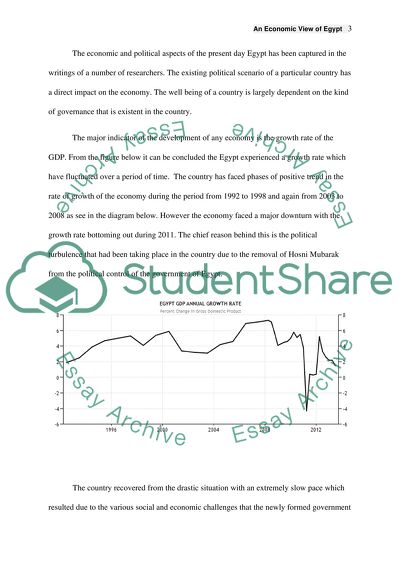Cite this document
(“An Economic View of Egypt Research Paper Example | Topics and Well Written Essays - 2250 words”, n.d.)
An Economic View of Egypt Research Paper Example | Topics and Well Written Essays - 2250 words. Retrieved from https://studentshare.org/macro-microeconomics/1491303-an-economic-view-of-egypt
An Economic View of Egypt Research Paper Example | Topics and Well Written Essays - 2250 words. Retrieved from https://studentshare.org/macro-microeconomics/1491303-an-economic-view-of-egypt
(An Economic View of Egypt Research Paper Example | Topics and Well Written Essays - 2250 Words)
An Economic View of Egypt Research Paper Example | Topics and Well Written Essays - 2250 Words. https://studentshare.org/macro-microeconomics/1491303-an-economic-view-of-egypt.
An Economic View of Egypt Research Paper Example | Topics and Well Written Essays - 2250 Words. https://studentshare.org/macro-microeconomics/1491303-an-economic-view-of-egypt.
“An Economic View of Egypt Research Paper Example | Topics and Well Written Essays - 2250 Words”, n.d. https://studentshare.org/macro-microeconomics/1491303-an-economic-view-of-egypt.


